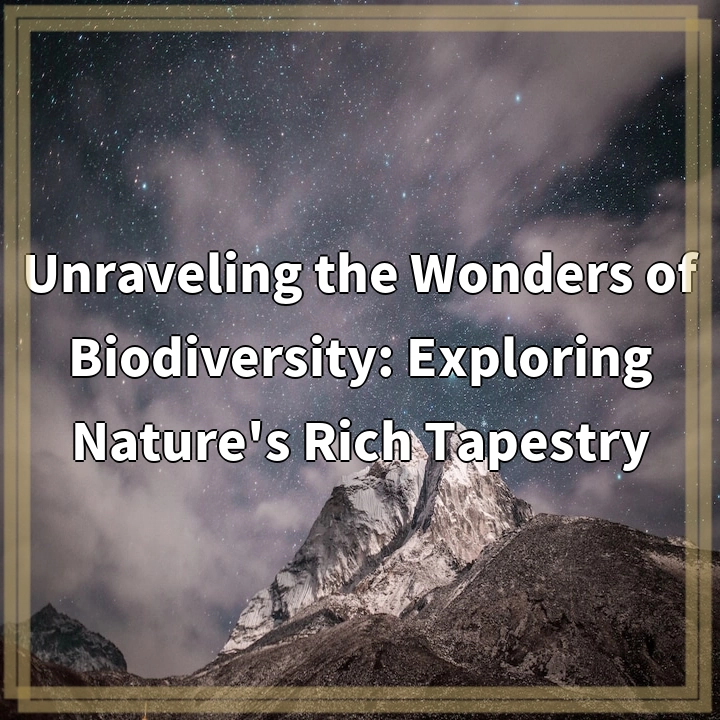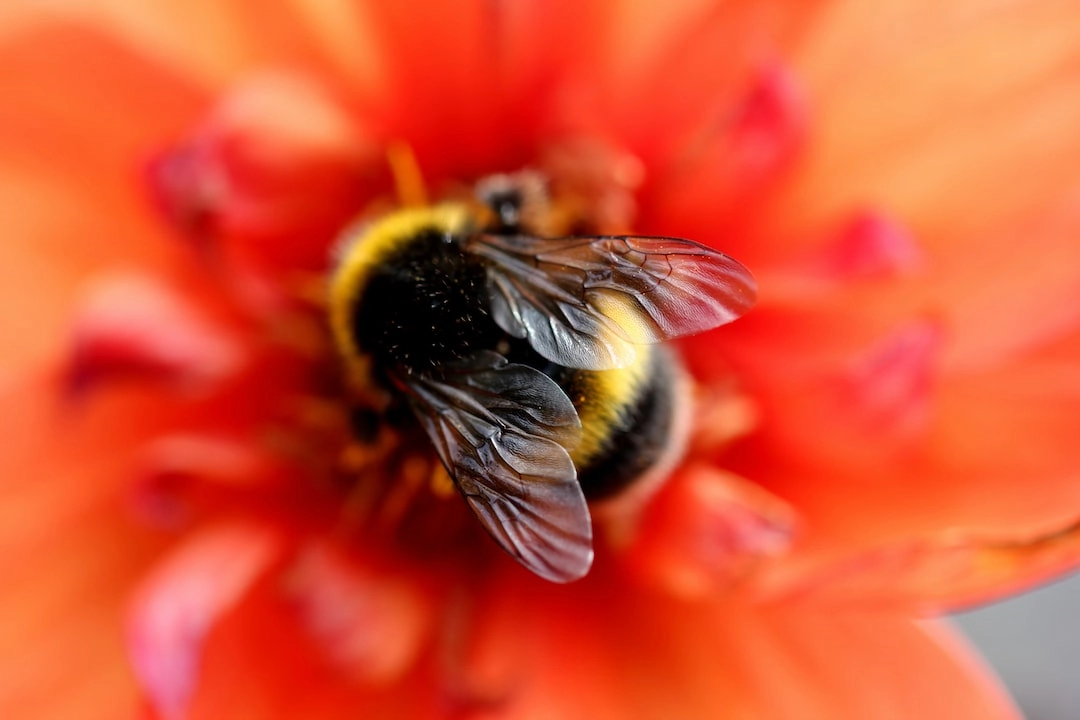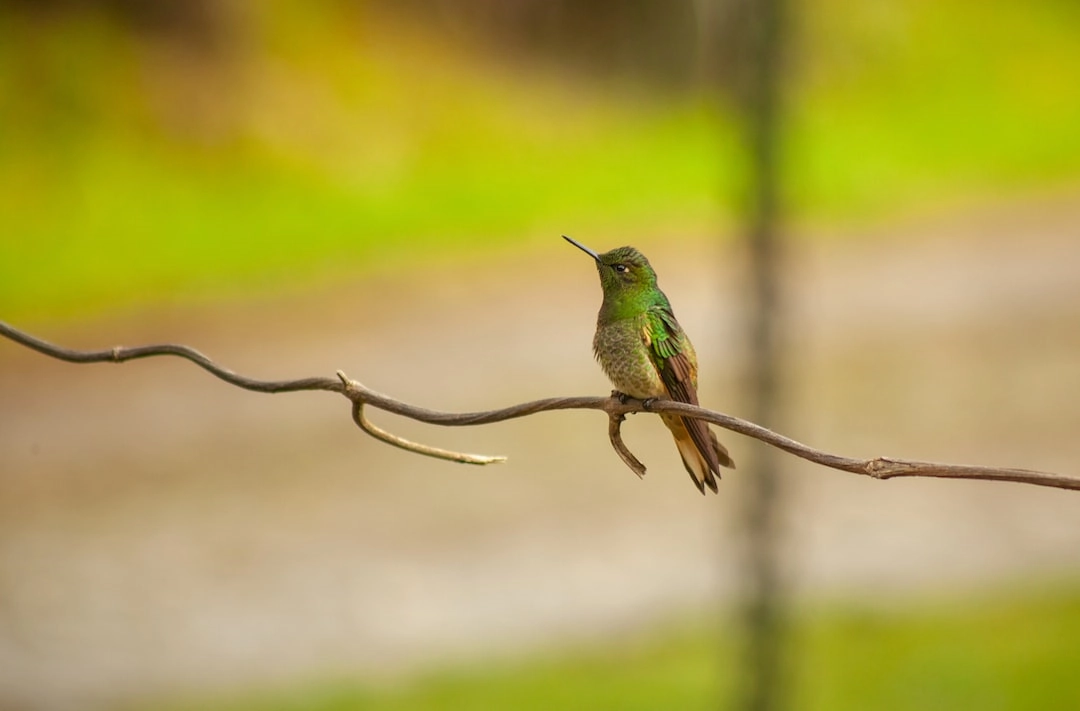
What is Biodiversity?
Biodiversity refers to the incredible variety of life on Earth, from the smallest microorganisms to the largest ecosystems. It encompasses the diversity of species, habitats, and genetic variation within species. Biodiversity is crucial for maintaining the balance and functionality of ecosystems, providing us with essential ecosystem services, and supporting the overall health of our planet.
Exploring the Wonders of Nature’s Rich Tapestry
Nature’s rich tapestry is filled with awe-inspiring biodiversity, each thread representing a different species or habitat. By exploring and understanding this biodiversity, we can gain insights into how ecosystems function and the interconnections between species.
Through biodiversity exploration, scientists have identified numerous species that were previously unknown to science. This continuous discovery brings us closer to uncovering the still unexplored wonders of nature and expanding our knowledge of the relationships between different organisms.
Studying biodiversity also allows us to appreciate the beauty and intricacy of the natural world. From the vibrant colors of tropical rainforests to the delicate balance of predator-prey relationships in savannahs, biodiversity captivates our curiosity and offers endless opportunities for learning and discovery.
Real-World Problems Associated with Biodiversity
Unfortunately, our planet’s biodiversity is currently facing numerous challenges and threats. These problems, if not addressed, can have severe consequences for ecosystems, as well as for human well-being. Some of the key real-world problems associated with biodiversity include:
Habitat Loss and Fragmentation
Human activities, such as deforestation, urbanization, and agriculture, are causing the loss and fragmentation of natural habitats. This results in the displacement and extinction of many plant and animal species, disrupting ecosystems and reducing overall biodiversity.
Species Extinction
Due to habitat loss, pollution, climate change, and other factors, species are disappearing at an alarming rate. The loss of even a single species can have cascading effects throughout an ecosystem, disrupting its balance and functioning.
Invasive Species
Non-native species introduced to new environments can outcompete and displace native species, leading to a loss of biodiversity. Invasive species can disrupt ecosystem dynamics and threaten the survival of native plants and animals.
Pollution and Climate Change
Industrialization, improper waste management, and excessive greenhouse gas emissions contribute to pollution and climate change. These factors can negatively affect biodiversity by altering habitats, disrupting reproductive cycles, and increasing the vulnerability of species to disease and extinction.
Overexploitation and Unsustainable Resource Use
Overfishing, illegal wildlife trade, and unsustainable practices in agriculture and forestry can deplete populations of species and degrade habitats. Unsustainable resource use reduces biodiversity and threatens the long-term availability of important resources.
Biodiversity is fundamental to the survival and well-being of all living beings on Earth. By understanding what it is and acknowledging the real-world problems associated with it, we can work towards conserving and protecting Earth’s precious and fragile web of life.

Solutions for Preserving Biodiversity
Habitat Conservation and Restoration
Protecting and restoring natural habitats is crucial to preserve biodiversity. By establishing protected areas and implementing conservation measures, we can safeguard critical ecosystems and provide habitats for a wide range of species. Additionally, efforts to restore degraded habitats can help create corridors and connectivity for species to thrive.
Biodiversity Awareness and Education
Raising awareness about the importance of biodiversity and its conservation is essential for inspiring action. Through education, we can promote a greater understanding of the value of biodiversity and encourage individuals, communities, and governments to take steps to protect it.
Sustainable Land Use and Resource Management
Adopting sustainable land use practices, such as responsible farming methods and sustainable forestry, can reduce the negative impacts on biodiversity. By employing techniques that minimize habitat destruction, soil erosion, and pollution, we can better protect ecosystems and preserve biodiversity.
Regulating Invasive Species
Implementing measures to control and manage invasive species is crucial for protecting native flora and fauna. This includes early detection and prevention, as well as eradication or control measures to limit their spread and mitigate the harm caused to ecosystems.
Combatting Climate Change and Pollution
Addressing climate change and reducing pollution are essential for preserving biodiversity. This involves transitioning to clean energy sources, reducing greenhouse gas emissions, and implementing policies to prevent pollution in land, water, and air. By mitigating these threats, we can help protect species and their habitats.
Supporting Sustainable Practices and Local Communities
Supporting sustainable livelihoods and empowering local communities that live in biodiversity-rich areas can contribute to conservation efforts. By providing economic incentives for sustainable practices and involving local communities in decision-making processes, we can promote the coexistence of human communities and biodiversity.
By implementing these solutions and working collectively, we can strive to preserve and restore biodiversity, protecting Earth’s rich tapestry of life for future generations to enjoy.















